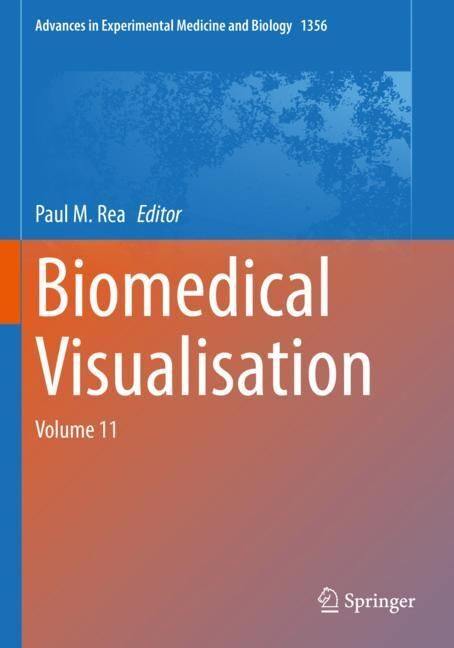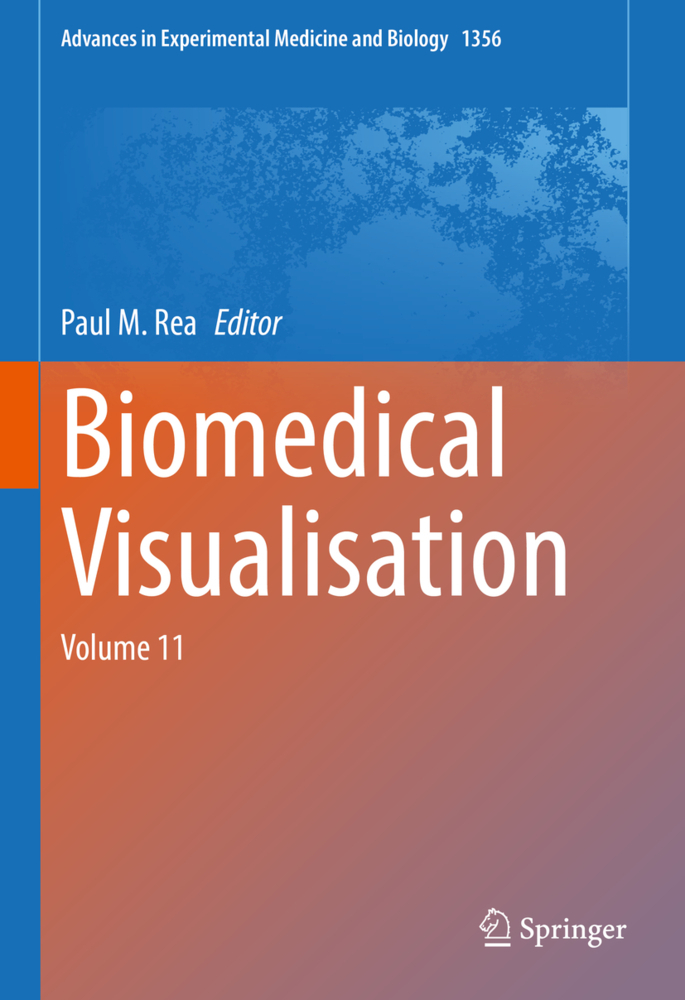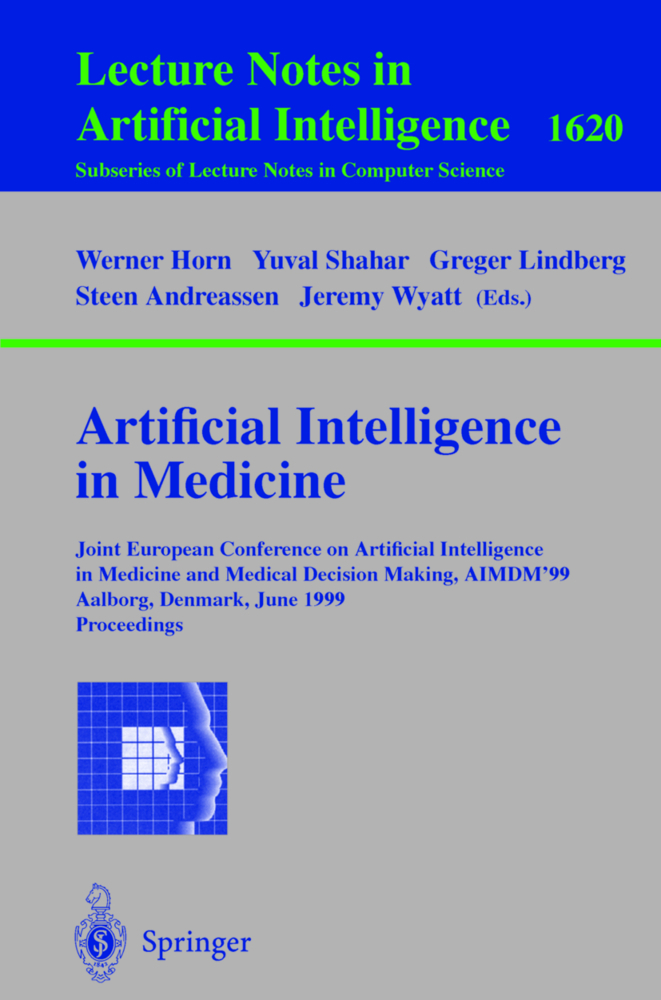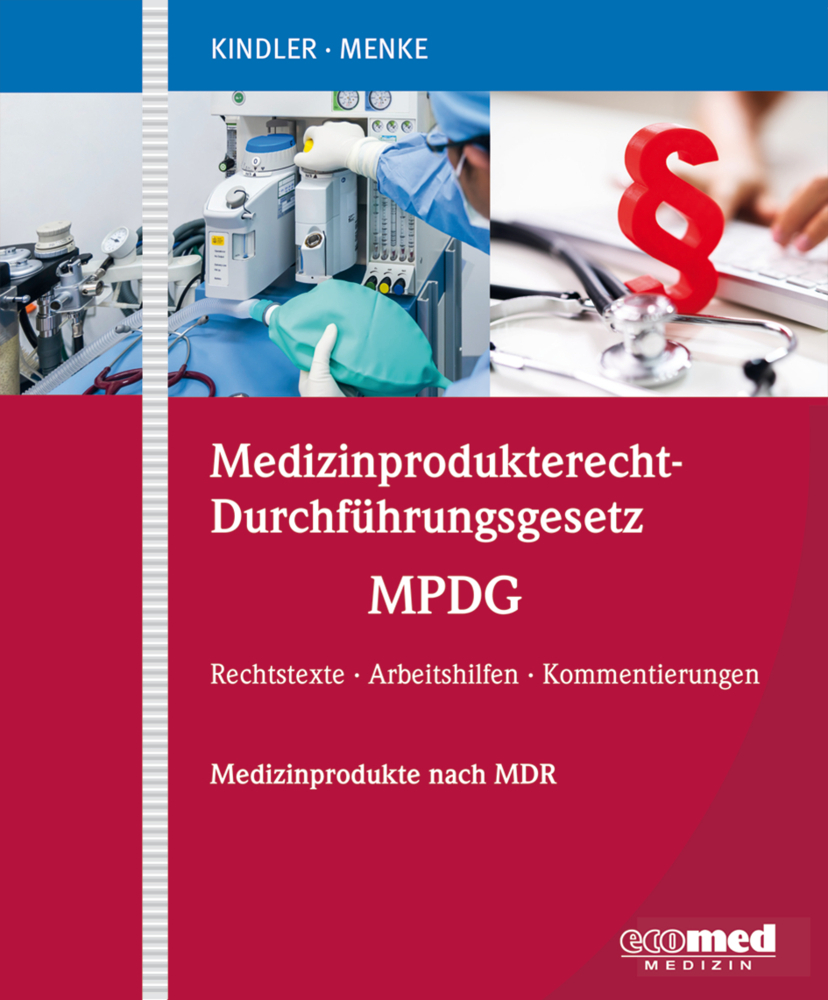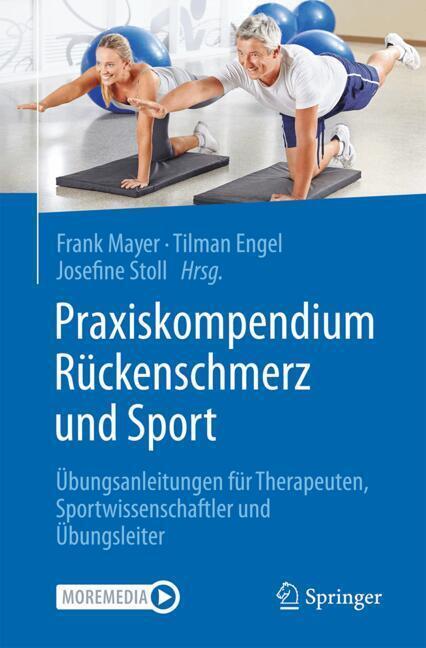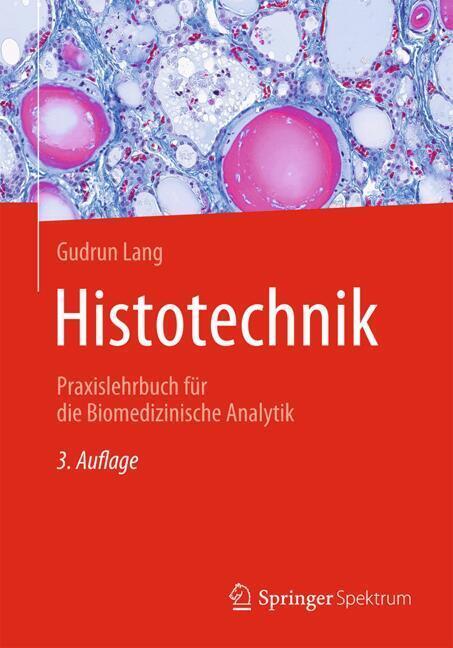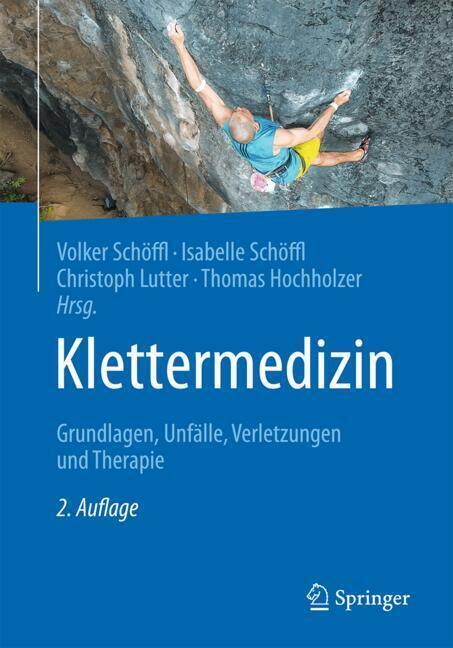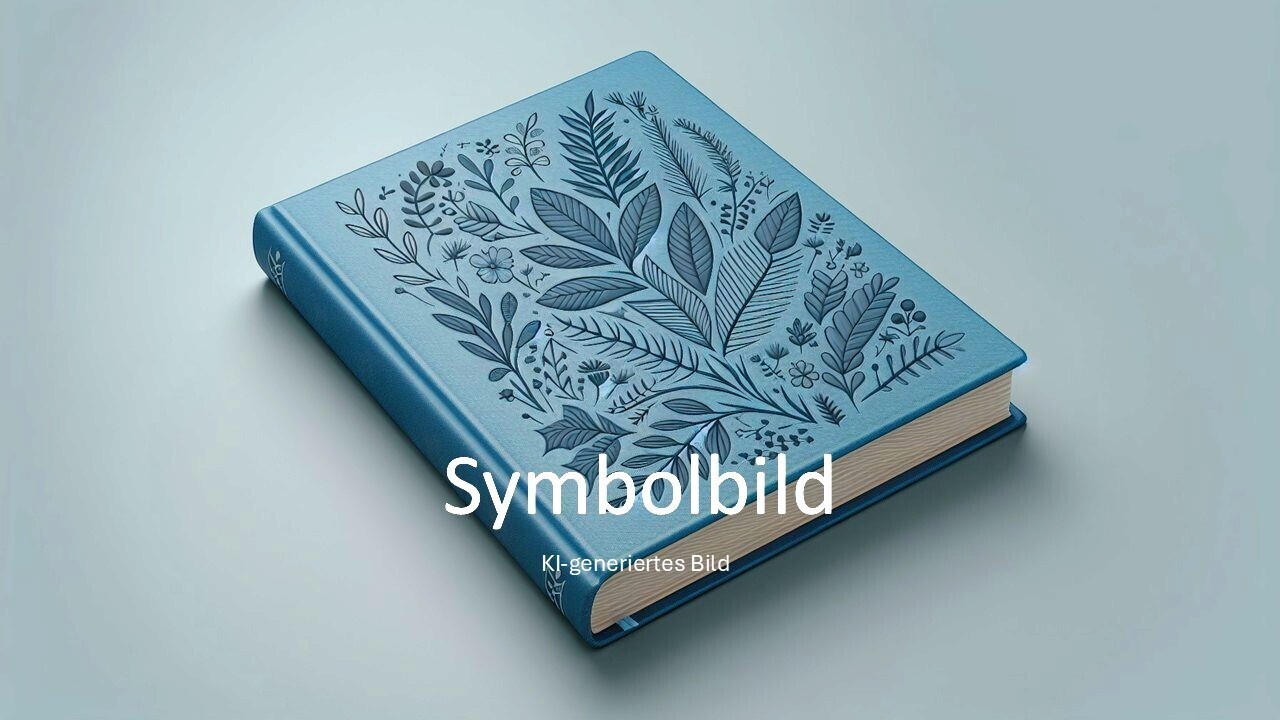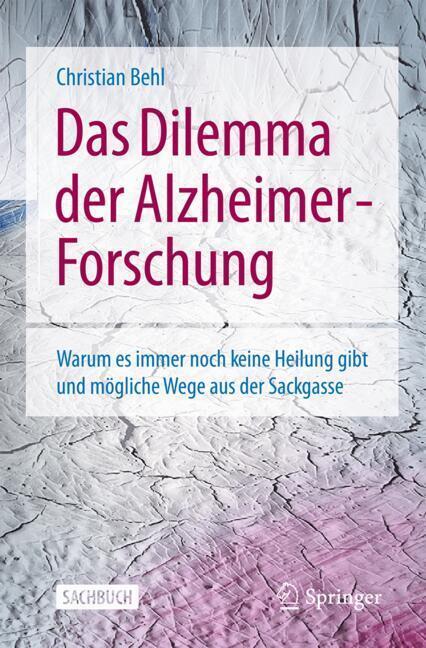Biomedical Visualisation
Biomedical Visualisation
This edited book explores the use of technology to enable us to visualise the life sciences in a more meaningful and engaging way. It will enable those interested in visualisation techniques to gain a better understanding of the applications that can be used in visualisation, imaging and analysis, education, engagement and training. The reader will also be able to learn about the use of visualisation techniques and technologies for the historical and forensic settings.
The chapters presented in this volume cover such a diverse range of topics, with something for everyone. We present here chapters on 3D visualising novel stent grafts to aid treatment of aortic aneuryms; confocal microscopy constructed vascular models in patient education; 3D patient specific virtual reconstructions in surgery; virtual reality in upper limb rehabilitation in patients with multiple sclerosis and virtual clinical wards. In addition, we present chapters in artificial intelligence in ultrasoundguided regional anaesthesia; carpal tunnel release visualisation techniques; visualising for embryology education and artificial intelligence data on bone mechanics. Finally we conclude with chapters on visualising patient communication in a general practice setting; digital facial depictions of people from the past; instructor made cadaveric videos, novel cadaveric techniques for enhancing visualisation of the human body and finally interactive educational videos and screencasts.
This book explores the use of technologies from a range of fields to provide engaging and meaningful visual representations of the biomedical sciences. It is therefore an interesting read for researchers, developers and educators who want to learn how visualisation techniques can be used successfully for a variety of purposes, such as educating students or training staff, interacting with patients and biomedical procedures in general.
Chapter 1. Creating Interactive Three-Dimensional Applications to Visualise Novel Stent Grafts That Aid in the Treatment of Aortic Aneurysms
Chapter 2. Using Confocal Microscopy to Generate an Accurate Vascular Model for Use in Patient Education AnimationChapter 3. Methods and applications of 3D Patient-Specific Virtual Reconstructions in Surgery
Chapter 4. Proof of Concept for the Use of Immersive Virtual Reality in Upper Limb Rehabilitation of Multiple Sclerosis Patients
Chapter 5. Virtual Wards: A Rapid Adaptation to Clinical Attachments in MBChB During the COVID-19 Pandemic
Chapter 6. Artificial Intelligence: Innovation to Assist in the Identification of Sono-anatomy for Ultrasound-Guided Regional Anaesthesia
Chapter 7. A Systematic Review of Randomised Control Trials Evaluating the Efficacy and Safety of Open and Endoscopic Carpal Tunnel Release
Chapter 8. Exploring Visualisation for Embryology Education: A Twenty-First-Century Perspective
Chapter 9. How Artificial Intelligence and Machine Learning Is Assisting Us to Extract Meaning from Data on Bone Mechanics?
Chapter 10. Visual Communication and Creative Processes Within the Primary Care Consultation
Chapter 11. Digital 2D, 2.5D and 3D Methods for Adding Photo-Realistic Textures to 3D Facial Depictions of People from the Past
Chapter 12. Teaching with Cadavers Outside of the Dissection Room Using Cadaveric Videos
Chapter 13. A Novel Cadaveric Embalming Technique for Enhancing Visualisation of Human Anatomy
Chapter 14. Assessing the Impact of Interactive Educational Videos and Screencasts Within Pre-clinical Microanatomy and Medical Physiology Teaching.
Rea, Paul M.
| ISBN | 978-3-030-87781-1 |
|---|---|
| Artikelnummer | 9783030877811 |
| Medientyp | Buch |
| Copyrightjahr | 2023 |
| Verlag | Springer, Berlin |
| Umfang | XVI, 343 Seiten |
| Abbildungen | XVI, 343 p. 163 illus., 153 illus. in color. |
| Sprache | Englisch |

